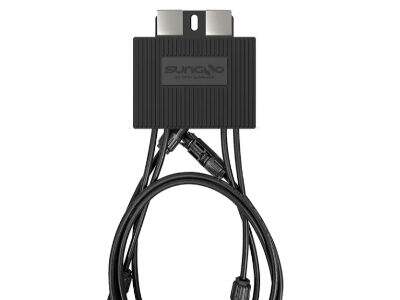So-called power optimizers are nifty little devices that can make solar panels work better. These small gadgets attach to the back of each solar panel and can help to increase the amount of electricity a system makes. But what are power optimizers, and how do they address issues like shading that can compromise the performance of solar panels?
What Do Power Optimizers Do?
I do think power optimizers are still very much a necessity with solar panel systems. They just have to make sure each panel works as well as it can. Sunlight landing on a solar panel produces electricity. But things like shifts in temperature, dirt and shading can make the system less efficient.
This is where power optimizers come into play. They monitor the performance of each solar panel and can tweak voltage and current to extract maximum electricity. So if one panel is shaded or not working properly, the other panels can still produce electricity at full strength.
Helping with Shading Problems
Shading is a big issue that can really limit how well your solar panel system will work. The number of shaded solar panels affects how much the battery system can generate in total. This is where power optimizers are extremely beneficial.
Power optimizers enable each solar panel to function independently. This makes it so that if one panel is shaded, it does not prevent the other panels from performing well." By squeezing the most power out of each panel, power optimizers can help the system continue to generate electricity even in less-than-ideal conditions.
Getting More From Solar Panels
In addition to addressing shading problems, power optimizers can collectively help solar panels perform better. They continue to monitor each panel and may find issues contributing to its performance.
So, for example, if a panel is failing to perform well because it is dirty, the power optimizer can track the sun and make efficiency adjustments to help compensate for the decline in power. In this manner, solar panels are able to constantly perform to their full capacity.
The Science of Power Optimizers
Power optimizers may seem basic, but they contain intelligent technology that makes them work smart. Each Solar power optimizer employs what is known as a maximum power point tracking (MPPT) algorithm to play with voltage and current in order to generate the maximum amount of power.
Additionally, power optimizers are capable of communicating data to a monitoring system in real time. This helps owners of solar systems to know how their panels are doing and to spot problems and make smart decisions to increase efficiency.
Enhancing Solar Power Generation
By deploying power optimizers and by looking for shading problems, owners of solar energy systems can now make their solar panels work better and generate more electricity. Power optimizers are instrumental in tackling shading issues and ensuring every panel performs as strongly as it can.

 EN
EN
 AR
AR
 CS
CS
 NL
NL
 FR
FR
 DE
DE
 IT
IT
 JA
JA
 PT
PT
 ES
ES
 TH
TH
 TR
TR
